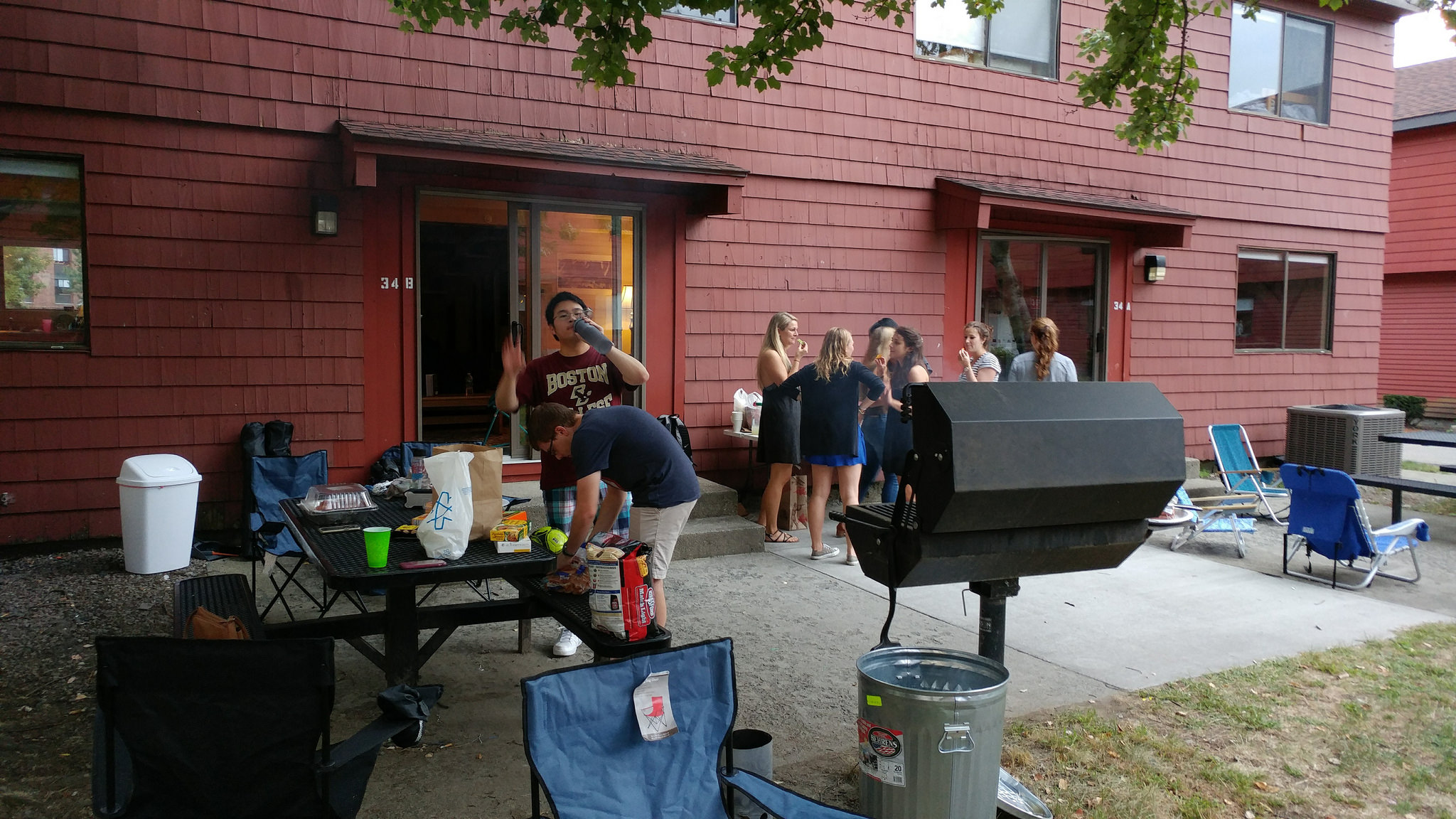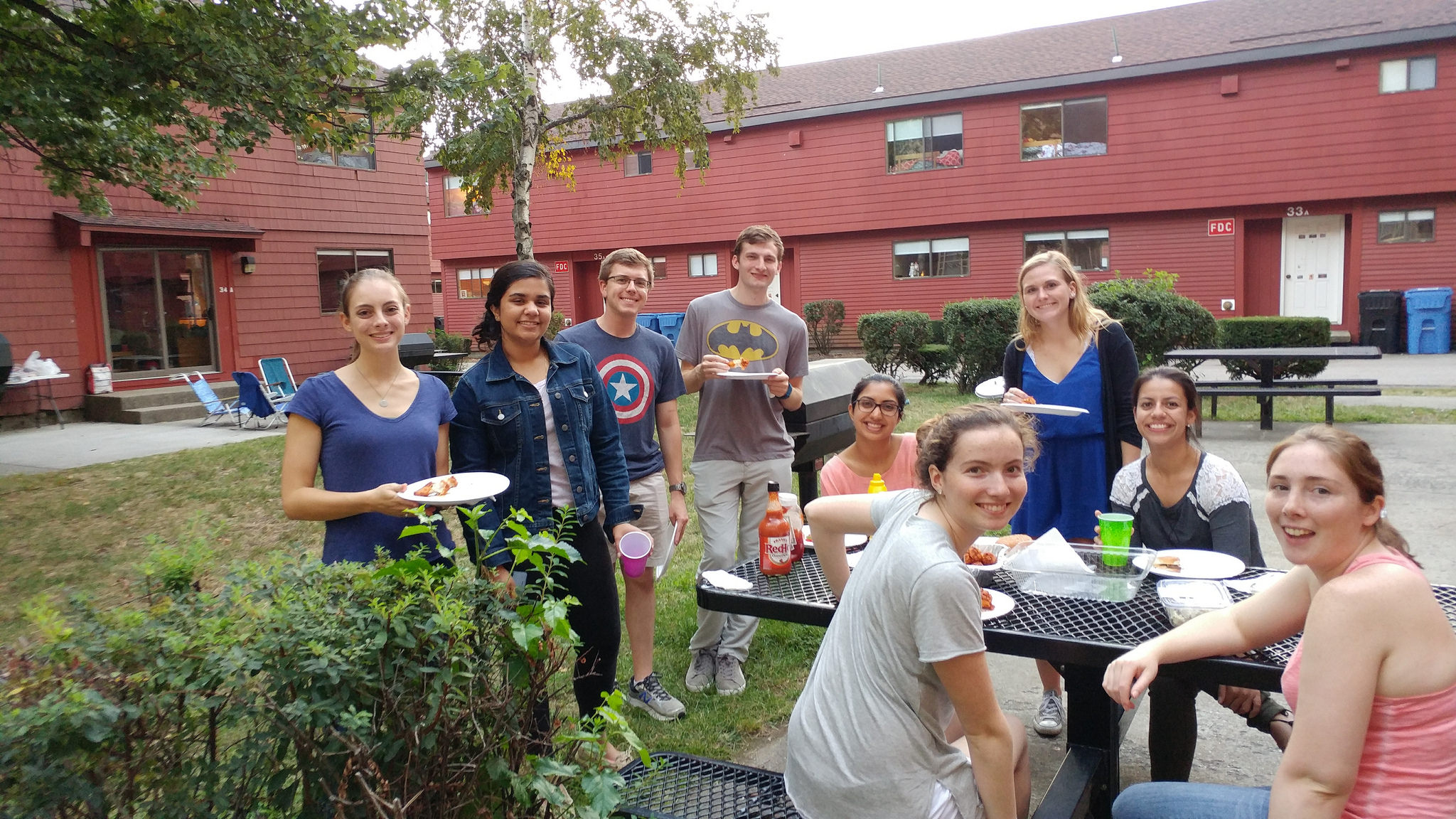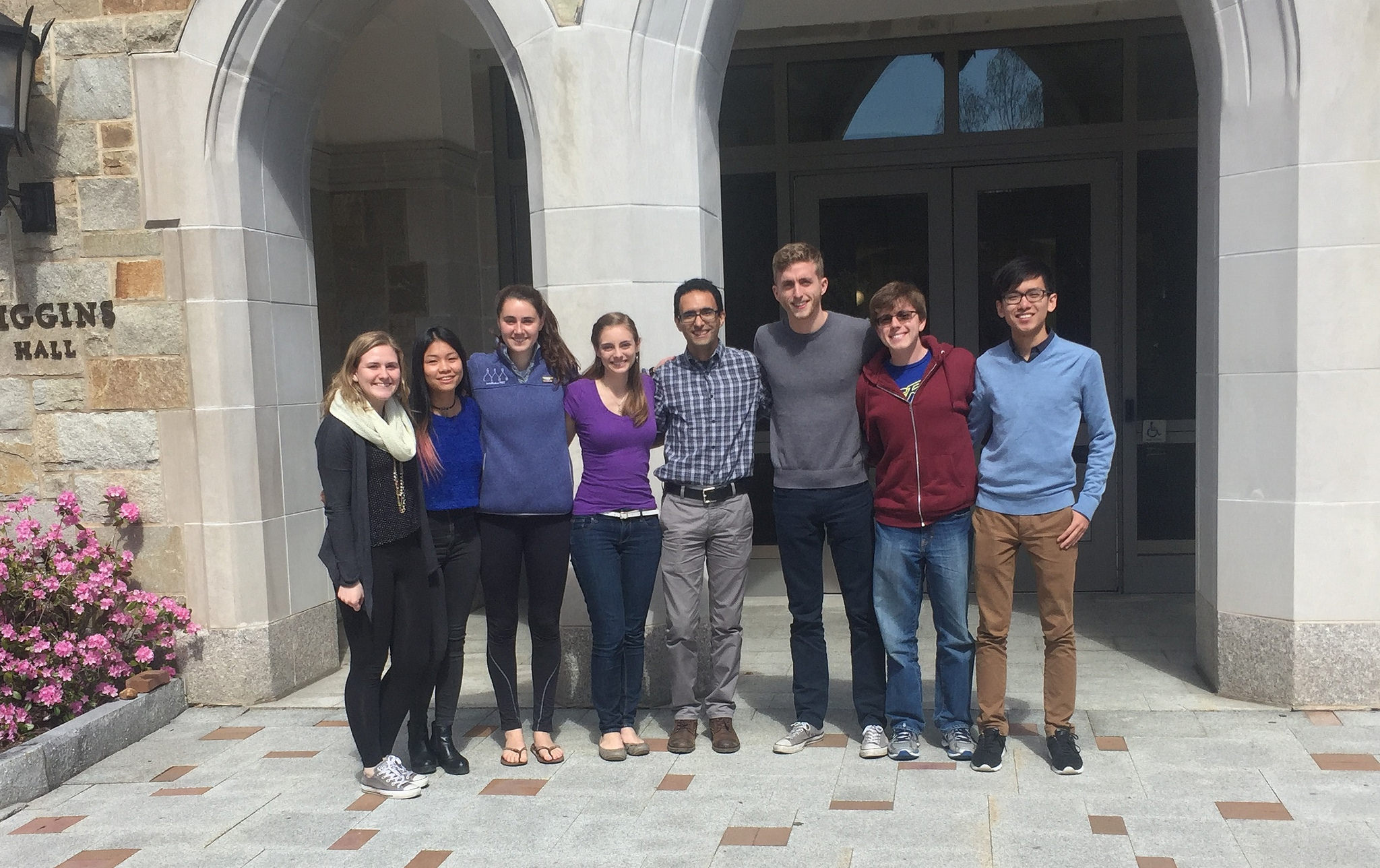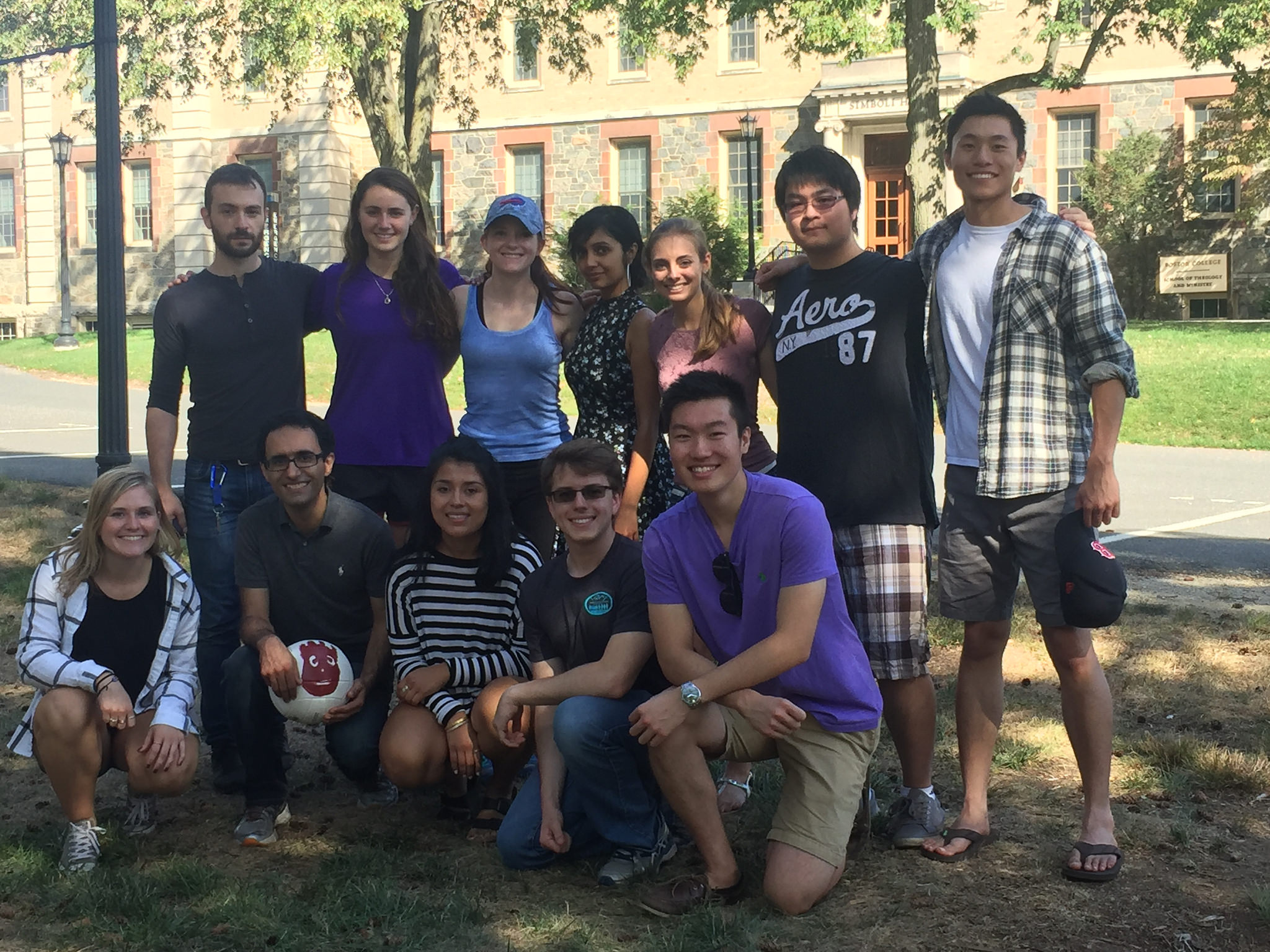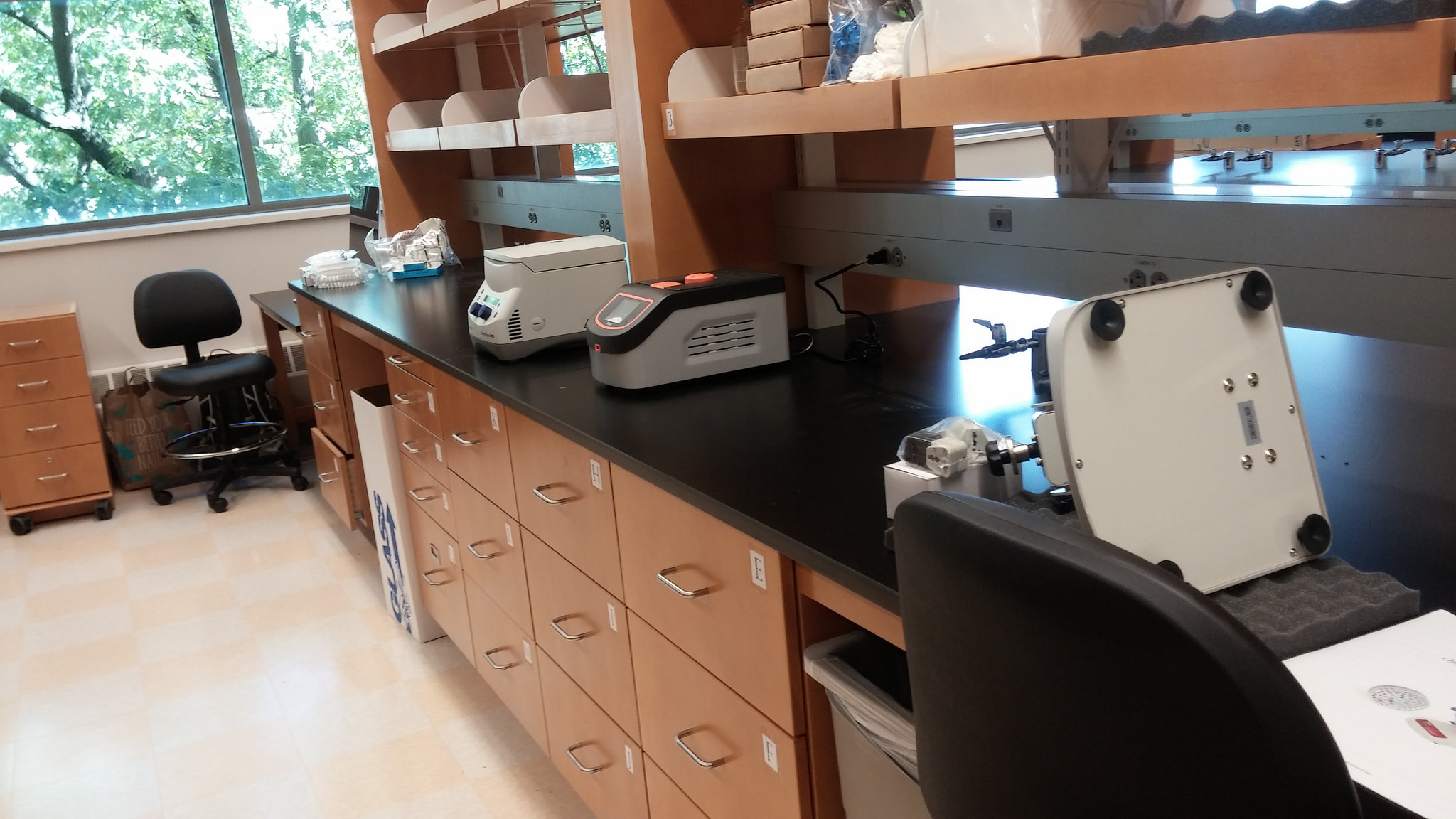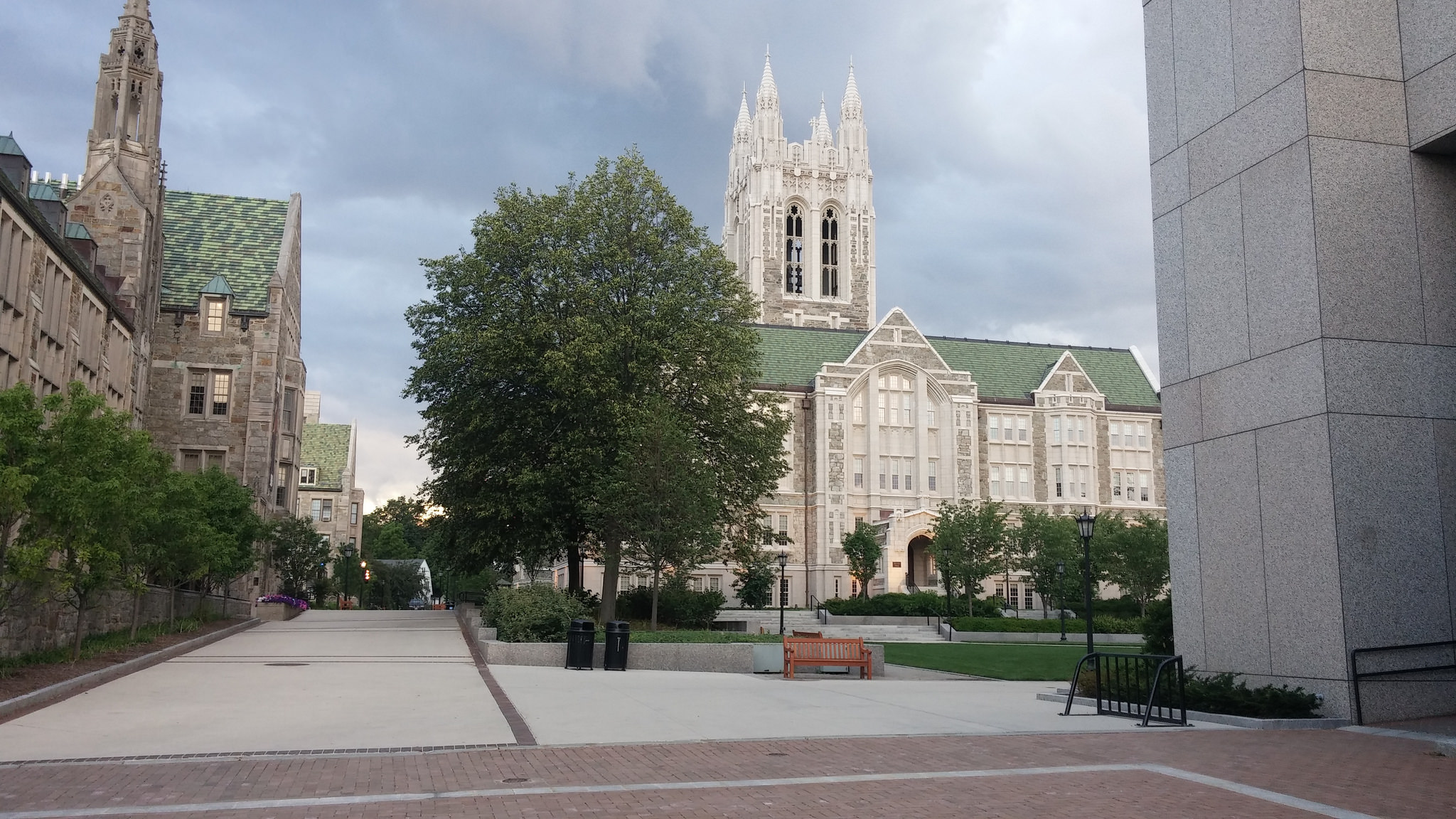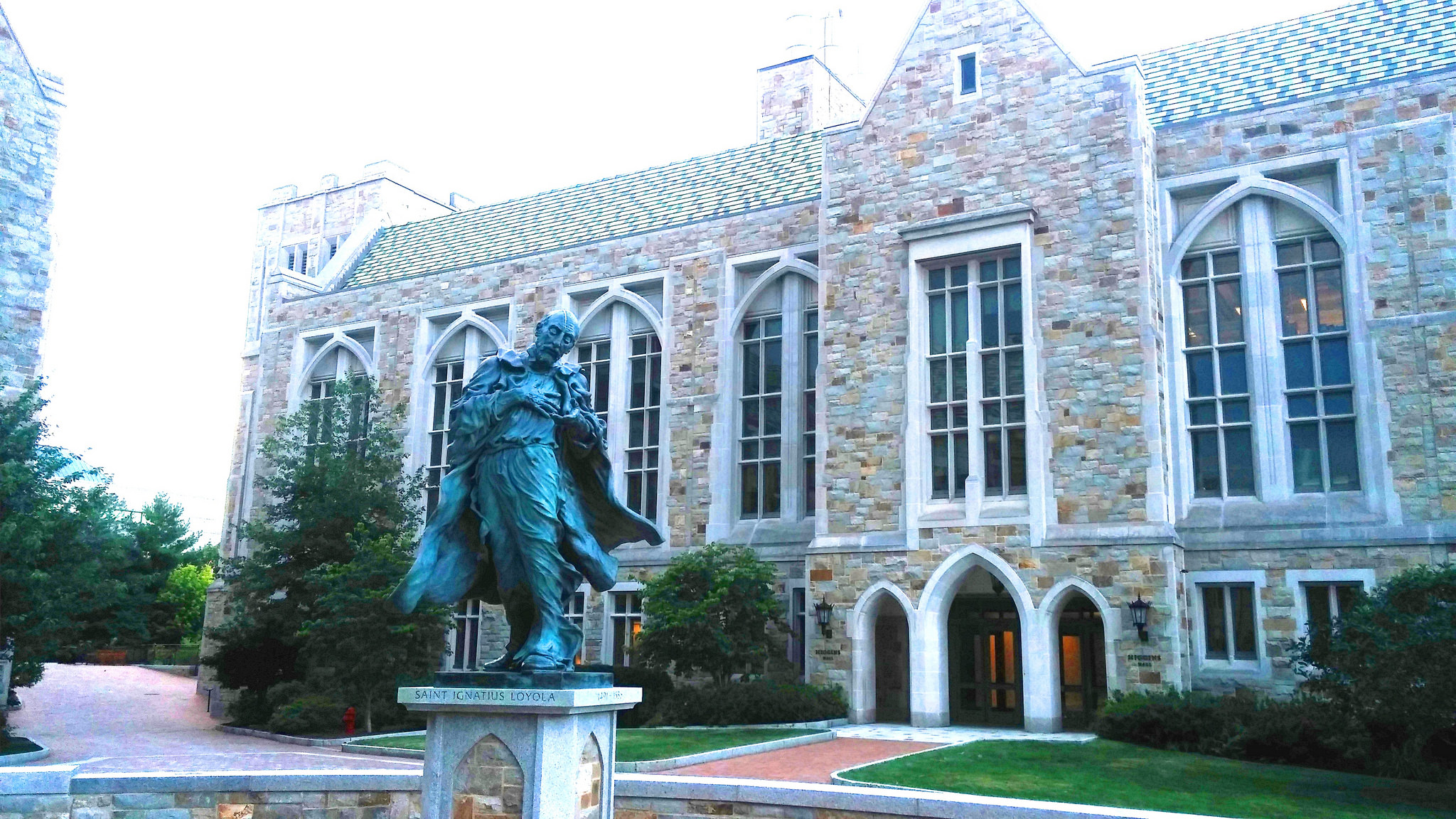Member Monday: Meet Helen Kurkjian!
/Helen’s current research focuses on the role of spatial networks in microbial ecology. Habitat connectivity is important to the survival and growth of many populations, but its relevance to microbes is not as well understood. Presently, she has two main projects. The first is looking at the spatial ecology of interactions between Candida albicans and Staphylococcus aureus. The second project uses artificial landscapes called Metapopulation Microcosm Plates, which she invented as part of her dissertation work, to measure the effects of dispersal corridor spatial arrangement on microbial population growth.
Broadly, Helen is interested in population and community ecology, especially questions that fall under the umbrella of "Why do organisms survive and thrive in some times and places but not others?" She is focusing on the spatial ecology of microbes right now, but in the recent past, she has also worked with plants. She did her master's work on the population ecology of a rare plant, the Lassics lupine, and how seed predation by small mammals affects its demographics.
Outside of lab, Helen likes to read, especially mysteries and science fiction, and she enjoys cooking (and eating) new dishes. She tries to get out for walks when she can and she does a little bit of woodworking. She hopes to be here in the Momeni Lab for the next couple years. Then she hopes to find a faculty position at a small college.

